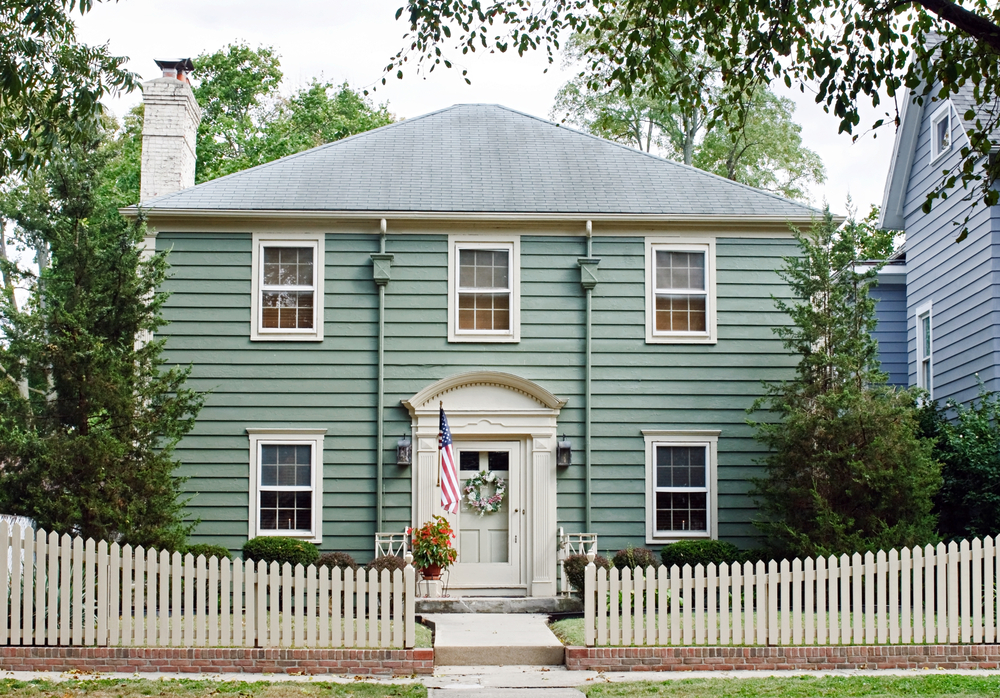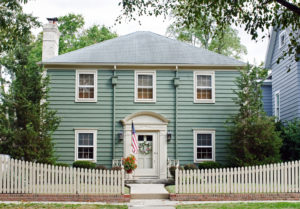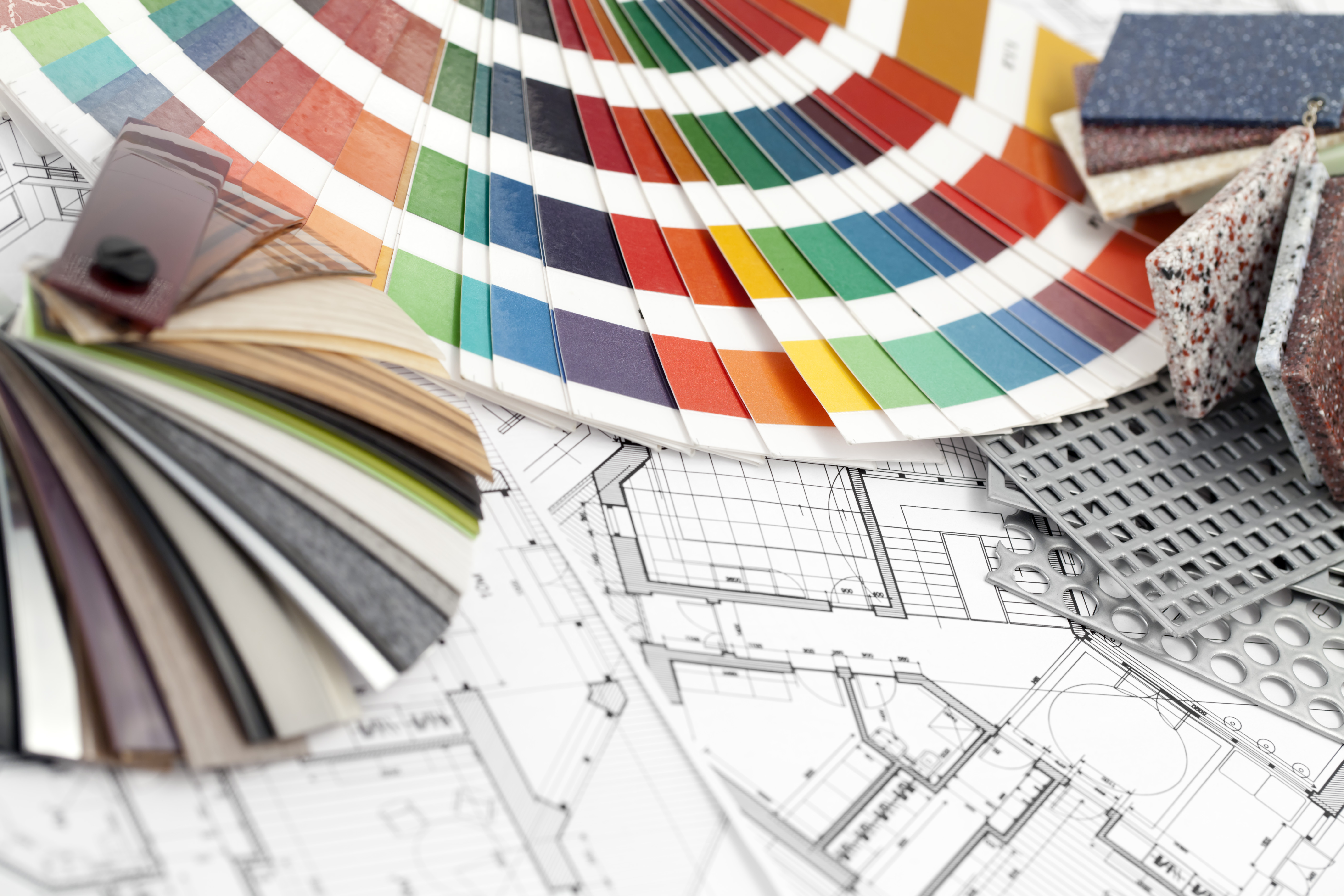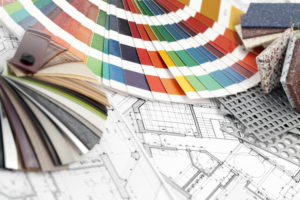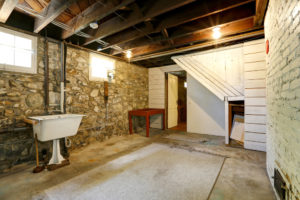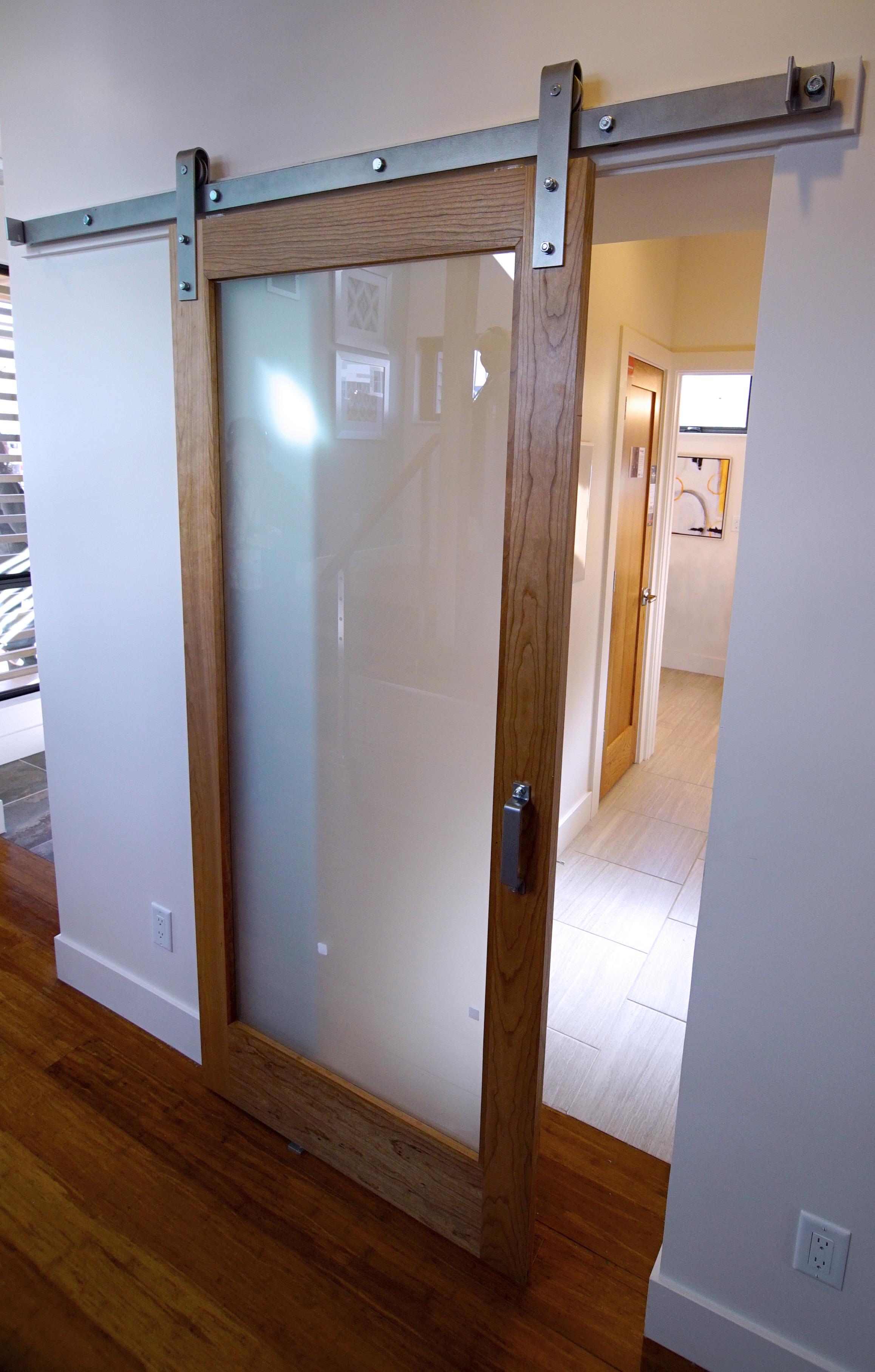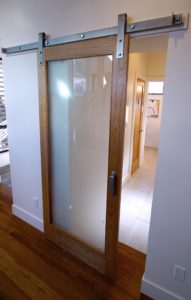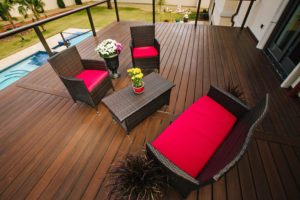 (BPT) – Are you ready to put your deck on the best-dressed list this summer, but hesitant to dent your savings? With these simple design ideas, you can make your deck the perfect place for summer festivities.
(BPT) – Are you ready to put your deck on the best-dressed list this summer, but hesitant to dent your savings? With these simple design ideas, you can make your deck the perfect place for summer festivities.
1. Accessorize with Railings.
An easy way to give your deck a beauty boost is to update the railing. The decorative details of this safety feature are easy to overlook during the initial deck building process. Thankfully, with today’s products, it’s easy and affordable to turn this eyesore into an accessory.
For example, by replacing outdated railings with those that complement your deck boards and home’s exterior trim, you can create an outdoor living space that’s a well-styled extension of your home. If you have a non-traditional deck, cable rails or mixed medium infills like tempered glass panels may be your style. Or, if you want to mix modern with traditional elements, consider letting guests lean on attractive, but affordable aluminum rail systems like MoistureShield Pro.
“The sleek lines of aluminum railing are the perfect counterpart to today’s contemporary spaces,” says Brent Gwatney, senior vice president, MoistureShield Composite Decking. “They’re a less obtrusive railing option and give decks a high-end, custom feel without the high-end price tag, and tend to be backed with long-term warranties.”
2. Block the Sun Beautifully.
Another way to balance form with function is to shade your deck in style. Fortunately, there are a number of beautiful, low-cost ways to block the sun that go beyond the patio umbrella.
Pergolas are a popular way to shade your space without breaking the bank. You can vary the direction of the beams to create interest, weave fabric panels across the top to create a cozy respite or use the structure to frame a view.
Screening trellises are another affordable option for relief from direct sunlight. They can disguise an unsightly view, soften your deck or provide an attractive backsplash for an outdoor kitchen, while adding shade and privacy. You can even bend high performance decking materials, like composite decking, to curve around existing trees to let nature act as your canopy.
3. Plant a Deck-Adent Garden
Deckscaping is a timeless, low-cost way to turn your outdoor living space into a backyard beauty. Placing shrubs or a curving flowerbed along the perimeter of your deck can soften its edges and add colorful accents. Alternatively, bringing planters on deck with a mix of annuals and perennials can quickly turn a bland deck into a garden retreat full of seasonal blooms.
If your deck is small, consider keeping floor space free with a gorgeous overhead garden. Hanging flower baskets and trellises with climbing vines are simple and affordable space-savers that can make covered deck spaces resemble a spa-like retreat.
4. Dress your Deck to Impress
To finish your deck and give it that one-of-a-kind feel, outfit it the same way you would an interior room, thinking about color and texture. While this may sound expensive, there are plenty of practical, budget friendly ways to make your deck a stylish extension of your home.
You can easily spice it up with painted furniture and fun accents. Pretty and durable accent pillows made from outdoor fabrics are an inexpensive way to add pops of color. Or if you find an outdoor fabric that you love you can make bench cushions to give your outdoor seating a cozy feel. Accents like an outdoor rug can tie it all together by adding texture underfoot, keeping dirt from being tracked inside your home, and defining areas for different uses.
5. Light Up Your Evenings in Style
Finally, don’t neglect how your deck looks when the sun goes down. With the right lighting, you can extend your hours outside and keep your deck as charming in the nighttime as it is during the day.
From subtle post lights that cast a magical evening glow to understated recessed lights and rail strip lights that help guide guests’ steps, today’s deck lighting choices are both functional and affordable. And, with the emergence of energy-efficient LEDs, you can use them liberally with little effect on your monthly electricity bill. So, let your imagination roam with nighttime illumination options to add after-dark ambience to your outdoor retreat.


